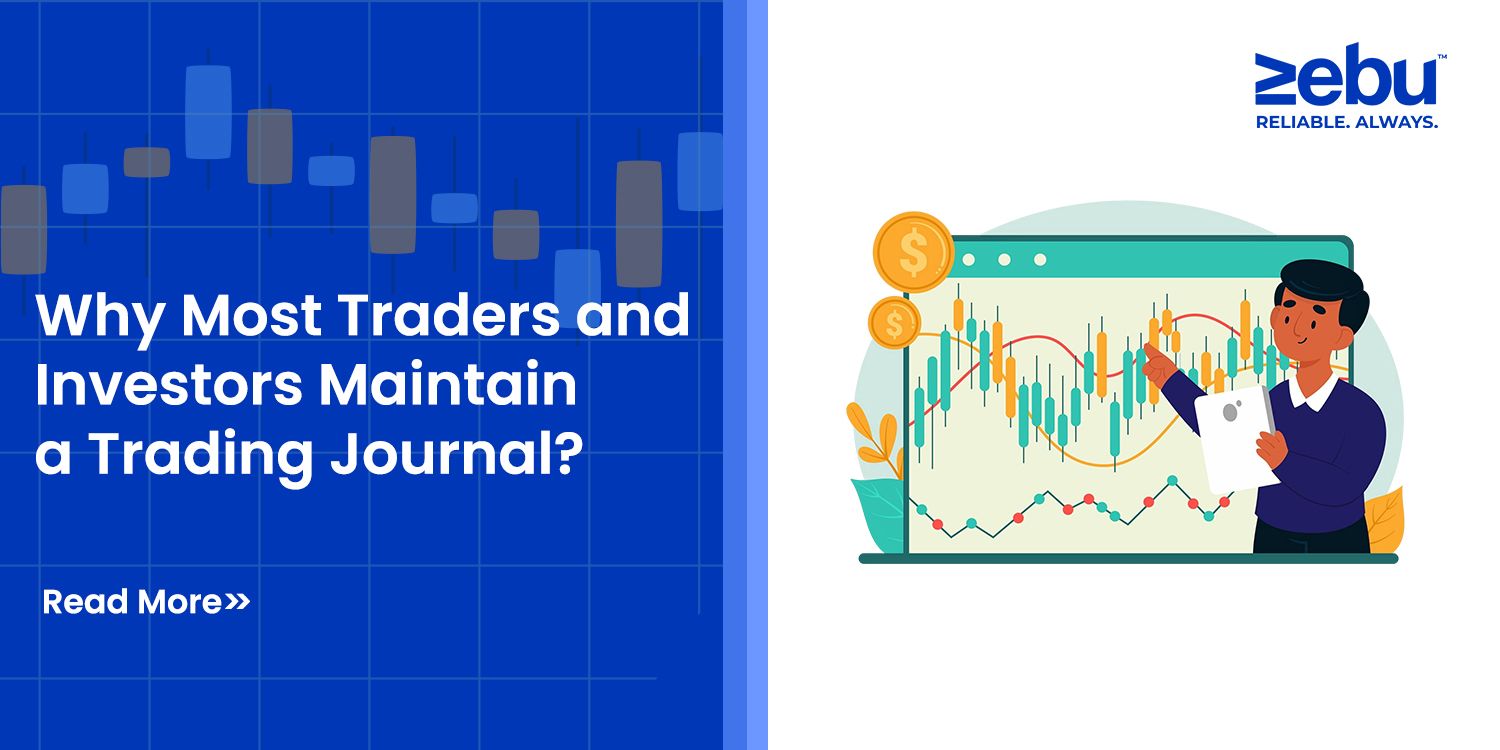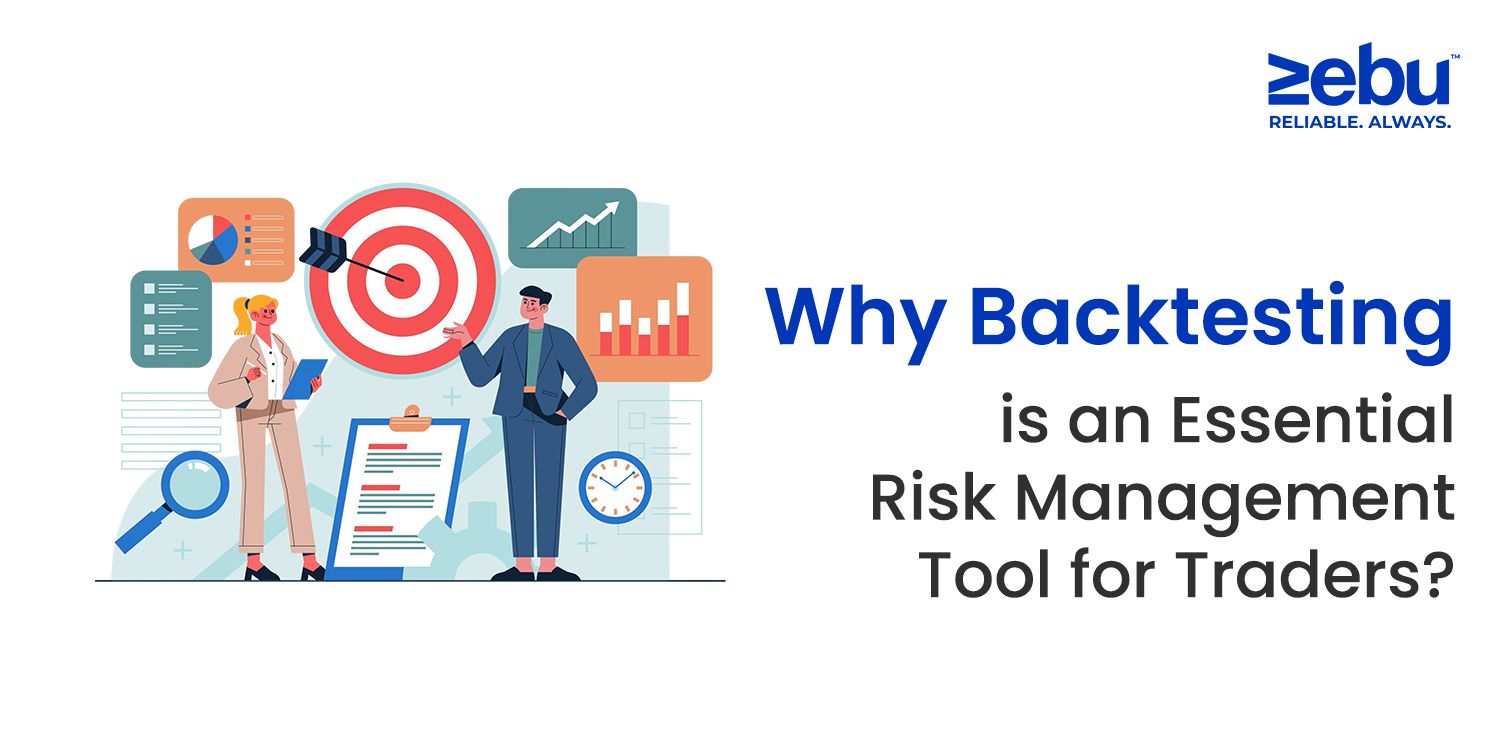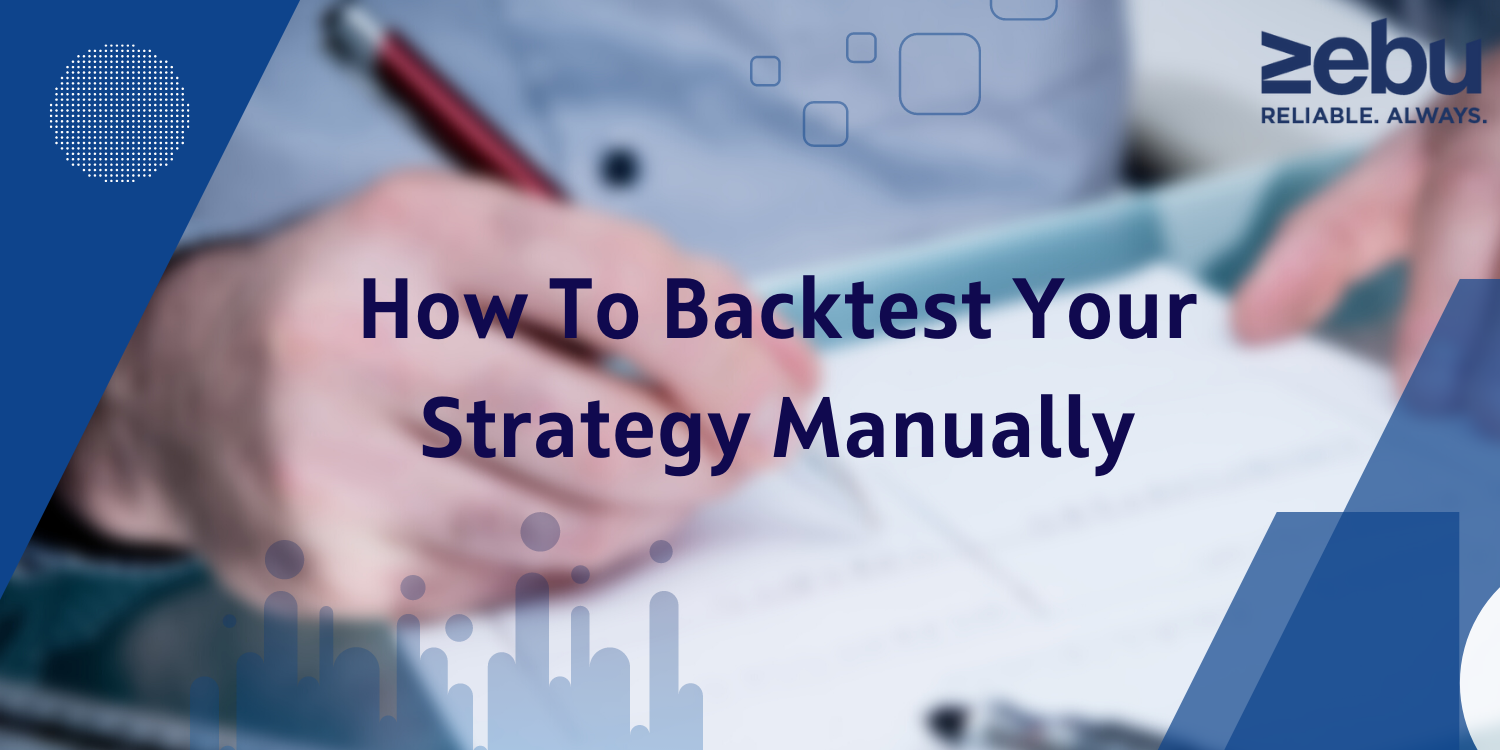
Why Most Traders and Investors Maintain a Trading Journal
In the world of trading, data is everywhere. Charts update by the second, news breaks throughout the day, and portfolios shift in real time. It’s fast, sometimes chaotic. But amidst all this, there’s a practice that remains quiet, steady, and deeply personal: journaling.
Ask any consistent trader or long-term investor, and there’s a good chance they maintain some version of a trading journal. Not because it’s trendy or technical, but because it works. It creates clarity in a space that thrives on uncertainty.
If you’re using tools like Zebu’s MYNT online trading platform or navigating markets through a trusted stockbroking firm, keeping a journal might seem like an extra task. But for many, it becomes the most valuable part of their trading day.
Let’s look at why.
What Is a Trading Journal?
A trading journal is a record of your trades and the thoughts around them. At its most basic, it includes:
- The instrument traded (e.g., stock, option, currency pair)
- Entry and exit points
- Position size
- Reason for entry
- Market context
- Outcome
- Lessons learned
Some traders log all this in spreadsheets. Others use physical notebooks or notes apps. There’s no single format. What matters is the habit: regularly recording what you did, why you did it, and what happened next.
Why Do So Many Traders Use One?
Let’s break it down into practical reasons. These aren’t theories—they’re benefits observed by people trading in real market conditions.
- It Makes Patterns Visible
When you document your decisions and results over time, you start to notice patterns—good and bad.
You might find that:
- You perform better on days you trade after 10:30 a.m.
- You tend to exit too early on Fridays
- Your intraday losses often come from low-volume stocks
These patterns are hard to see in the moment. A journal brings them into focus. This is especially true for Zebu clients trading with our stock trading app, where frequent trades can blur into each other. The journal helps separate them out and spot what’s working.
- It Improves Emotional Control
One of the biggest challenges in trading is managing emotion—fear, greed, impatience. Writing things down slows you down. It forces you to explain your thought process, even if just to yourself. That reflection often prevents impulse trades. Many experienced traders admit that some of their biggest losses happened when they deviated from their plan. Journaling holds you accountable to that plan.
- It Creates a Personal Risk Record
Risk isn’t the same for everyone. What feels like a small position to one trader might feel massive to another. By tracking your risk exposure, your stop-loss levels, and how often you stick to them, you build a personal understanding of your comfort zone. Over time, this helps you size your positions more confidently. If you’re using a currency trading platform, for example, where leverage is higher and price swings are sharper, this kind of self-monitoring becomes even more important.
How a Journal Helps with Strategy Refinement
Let’s say you’re testing a new breakout strategy on an e trading platform. After two weeks, the results are mixed. You’re not sure if the strategy is flawed or if you’re executing it incorrectly.
Your journal reveals the truth.
Maybe the setup works, but only during trending markets. Or maybe your entries are too early because you’re acting before confirmation.
Instead of giving up on the strategy or forcing it to work, your journal shows you how to adjust it. That’s data-driven refinement.
Traders Across Styles Use Journals
This isn’t just for short-term traders. Long-term investors benefit too. Investors may use journals to:
- Track why they entered a stock or mutual fund
- Record expectations at the time of investment
- Revisit decisions when prices drop or rise sharply
This way, they’re not reacting to noise—they’re returning to their own reasoning. It’s a grounding practice.
Whether you’re trading derivatives through Zebu’s MYNT app or building a long-term ETF portfolio with the help of our stock market platform, a journal provides context when the market tests your patience.
What’s Typically Logged in a Good Journal?
Here’s a basic structure many traders follow. You can modify this to fit your style:
- Date & Time of Trade
- Instrument – e.g., Reliance stock, Nifty options, USD/INR pair
- Strategy Used – e.g., Moving Average Crossover
- Entry & Exit Price
- Position Size
- Reason for Entry
- Market Conditions – Trending, volatile, range-bound
- Trade Outcome – Profit/Loss, and % change
- What Went Well
- What Could Be Improved
Some traders add screenshots from charting tools, which can be done easily through Zebu MYNT’s Trading View integration.
It’s Not About Perfection—It’s About Progress
A journal won’t turn a losing strategy into a winning one. But it will help you identify which ideas have potential and which don’t. It brings awareness—and awareness leads to improvement.
It’s also forgiving. You don’t need to write a full report every day. Even two sentences after each trade can start a habit that grows over time.
How Zebu Supports Trader Discipline
Zebu isn’t just a share trading company—we’re a partner in your trading journey. Whether you’re new to investing or managing multiple accounts, our ecosystem is built to support thoughtful decisions.
- The MYNT app allows easy viewing of historical trades and charts
- Our transparent process helps you align your journal entries with real execution reports
By combining technology and structure, we encourage clients to not just trade, but trade with awareness.
Final Thoughts: A Small Habit That Pays Off
Maintaining a trading journal won’t make headlines. It won’t give you a dopamine rush. But it’s one of the habits that shows up in nearly every experienced trader’s routine. It’s not about tracking profits. It’s about understanding yourself—your decisions, your strategies, your reactions. That understanding is what reduces avoidable mistakes.
Whether you’re using an online trading app, experimenting on a platform stock trading account, or working with a stock market broker in India, the journal remains the same: a space for reflection, not prediction.
And in the long run, it’s the traders who reflect that tend to stick around.
Disclaimer:
The information shared in this blog is for educational purposes only. It should not be considered as financial or investment advice. Zebu Share and Wealth Management Pvt. Ltd. does not make any guarantees about the performance of any strategy or investment discussed. Readers should consult certified financial professionals before making any trading or investment decisions. All investments are subject to market risks.
FAQs
- Why is a trading journal important?
A trading journal helps track your trades, identify mistakes, and improve your strategies over time. It’s key for consistent growth.
- How to maintain a trading journal?
Record every trade, including entry, exit, reasons, and outcomes. You can use a notebook, Excel, or online tools for trading journaling.
- What should a trading journal contain?
Include trade date, stock name, buy/sell price, strategy used, profit/loss, and notes on your decision-making.
- Is a trading journal necessary?
Yes, even experienced traders rely on a trading journal notebook to review patterns and avoid repeating mistakes.
- What does a trading journal look like?
It can be simple or detailed—Excel sheets, notebooks, or online trading journal platforms all work as long as they capture your trades clearly.

